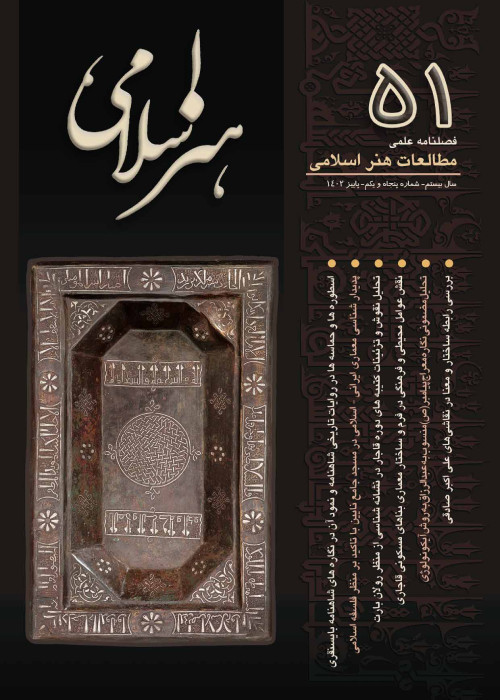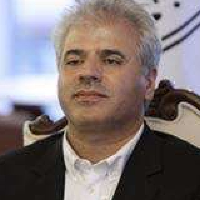From the Mausoleum to the Throne; The Tombs of Naghsh-e-Rostam and Persepolis from the Point of View of Parseh
The tomb complex and building known as the Kaaba of Zoroaster was built in Naqshe-e Rostam in the Achaemenid period. Naghsh-e-Rostam collection, especially the Kaaba of Zoroaster as the spiritual heritage of the Achaemenid kings, has continuously played a dynamic role in the religious, political and spiritual structure of the post-Achaemenid period, which is rooted in the ancient pre-Achaemenid traditions in the ancient Middle East particularly during the Elamite period. The closest interpretation of the function of this building in relation to the Achaemenid tombs and its connection with the Persepolis throne can be meaningful. Understanding the spatial relationship between Naqsh-e-Rostam and Persepolis is functionally significant. Persepolis was formed in the heart of a city and Achaemenid palaces were part of this city. This research, accomplished via a descriptive and analytical method and relying on library data, has sought to examine the environmental zone around Persepolis, known as the city of Parseh, and has made the hypothesis of reconstructing the historical city of Parseh within the range of the 1st degree of Persepolis more conceivable. The findings of the research indicate that according to the surviving works and inscriptions, the collection of works of Naghsh-e Rostam in the Achaemenid, Seleucid, Parthian and Sassanid periods has continually been applied and honored. In the Achaemenid period, the connection of Naghsh-e-Rostam tomb complex as a chief and functional part of Parseh city was related to Persepolis. The tradition of burying the deceased king was performed according to Zoroastrianism and after the burial of the king. the enthronement of the new king was performed in the monument and holy shrine of the Zoroastrian Kaaba.
1- An investigation of the location of Naqsh-e-Rostam and the Kaaba of Zoroaster and the reasons for its dependence on the city of Parseh based on geophysical studies. 2- A study on the function of the Kaaba of Zoroaster from the Achaemenid period to the end of the Sassanid period.
Research questions:
1- What are the usages of the Kaaba of Zoroaster in diverse historical periods? 2. What information do geophysical studies provide about the location of the Kaaba of Zoroaster and its dependence on the city of Parseh?
- حق عضویت دریافتی صرف حمایت از نشریات عضو و نگهداری، تکمیل و توسعه مگیران میشود.
- پرداخت حق اشتراک و دانلود مقالات اجازه بازنشر آن در سایر رسانههای چاپی و دیجیتال را به کاربر نمیدهد.



